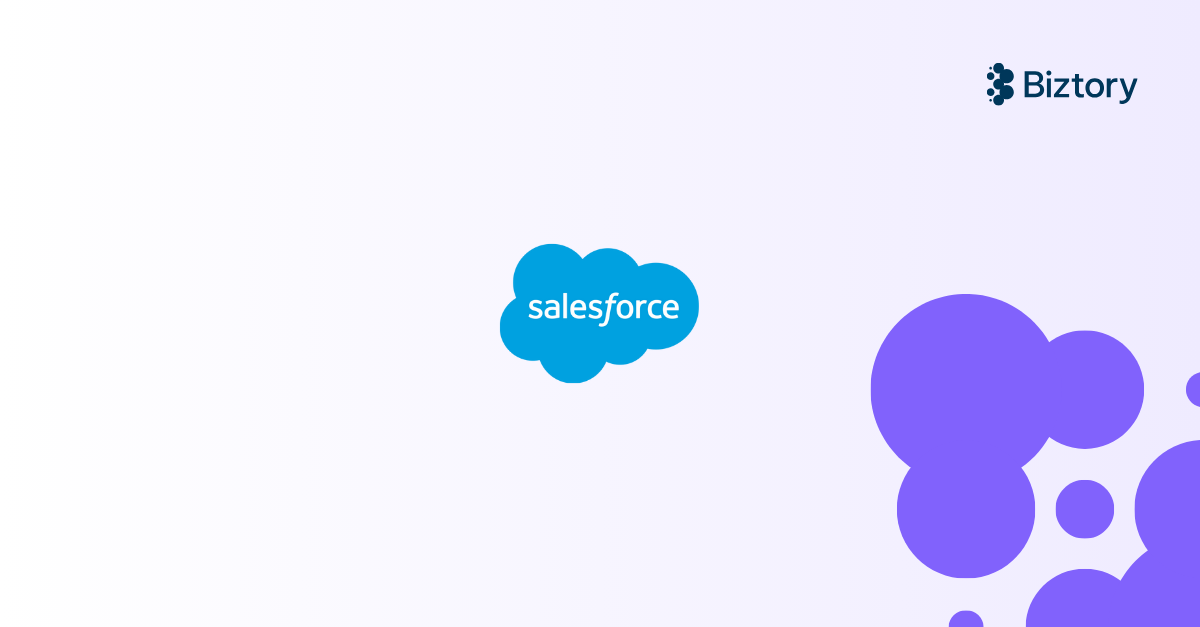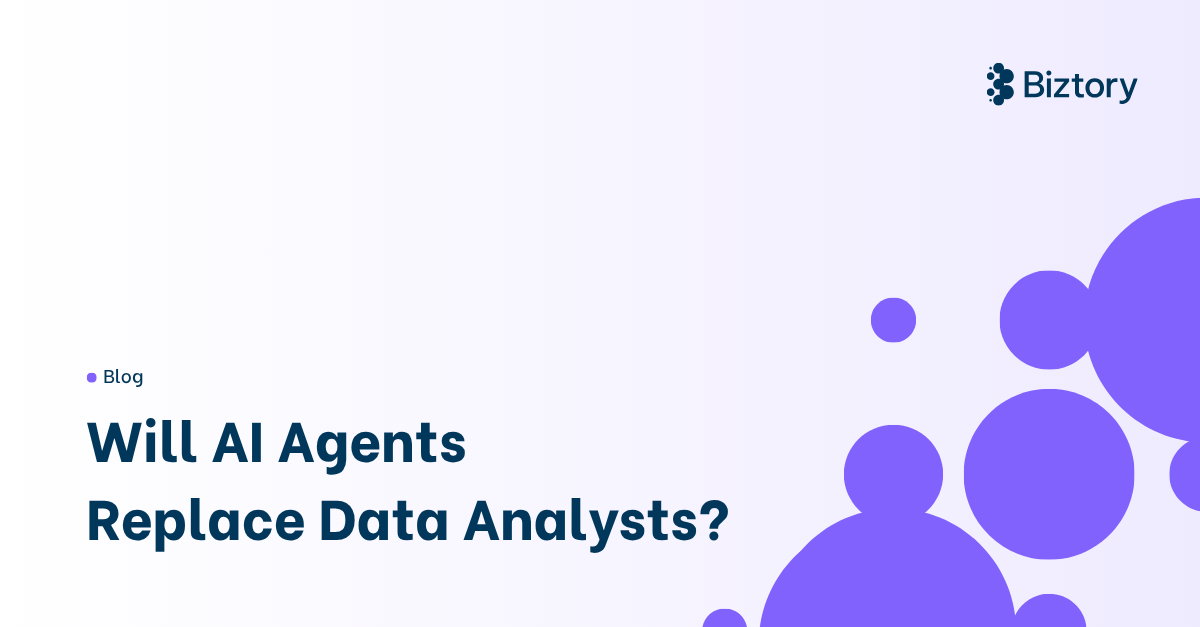Moving your business analytics to Tableau Cloud can be a smart choice. But before you switch, you need to clearly understand the Tableau cloud migration cost. Knowing the full expense helps you budget and avoid surprises. Thankfully, using special migration tools like TabMove can significantly cut down on these costs and speed up the process.
Tableau Cloud Migrations:
Understanding Tableau Cloud
Tableau Cloud is an online analytics tool from Tableau, hosted completely in the cloud. This means you can access your dashboards, reports, and business data from anywhere, without needing your own servers or expensive hardware.
One big advantage of Tableau Cloud is flexibility. You can easily scale up or down based on how much you need to use it. Another key benefit is automatic updates. Unlike traditional software, Tableau Cloud updates itself, saving you time and money spent on maintenance.
With Tableau Cloud, your business analytics become simpler and cheaper in the long run. Instead of paying large upfront costs for servers and IT support, you pay predictable monthly or yearly fees. This predictable expense makes budgeting easier and reduces unexpected costs.
To understand more about what moving to Tableau Cloud means for your business, check out Tableau’s official migration guide here.
Tableau Cloud vs Tableau Server: Key Cost Differences
When evaluating your Tableau cloud migration cost, it's important to compare Tableau Cloud and Tableau Server. Understanding these differences helps you pick the option best suited to your business.
The hidden cost of Tableau Server.
Tableau Server requires a larger initial investment. Hardware procurement and maintenance represent significant ongoing costs - servers, storage, networking equipment, and the facility space to house it all. Don't forget about power consumption, cooling requirements, and the often-overlooked costs of maintaining redundant systems for disaster recovery.
Software licensing complexity adds another layer. Beyond Tableau Server itself, you're likely paying for Windows Server licenses, database licenses, backup solutions, and various monitoring tools. Personnel costs might be the biggest surprise - factor in IT administrators, database administrators, and the opportunity cost of time spent on system maintenance rather than strategic initiatives.
Hidden operational expenses include disaster recovery infrastructure, security compliance requirements, and the overhead of managing upgrade cycles and patch management. Many organizations underestimate these costs until they start calculating actual time spent on maintenance activities.
The costs of Tableau Cloud
Tableau Cloud is a subscription-based service hosted fully online. This means your cost is predictable—you pay a regular monthly or yearly fee based on your needs. You don't need to buy or maintain hardware. All updates, maintenance, and security are handled automatically by Tableau, lowering long-term expenses.
The below prices are validated at the time of writing, depending on when you're reading this blog, pricing might have changed. For the most up-to-date pricing, go here. The license price depends on the volume of users and the type of license they need:
Creator licenses at €75 per month provide full authoring capabilities - perfect for your power users and content creators.
Explorer licenses at €42 per month offer limited authoring with full viewing capabilities, ideal for managers and analysts who occasionally create content.
Viewer licenses at €15 per month cover the majority of your user base who primarily consume dashboards and reports.
The ROI of migrating to Tableau Cloud
The key financial advantage of Tableau Cloud over Tableau Server is simplicity and predictability. Businesses often find Tableau Cloud more cost-effective because you avoid expensive surprises like hardware replacements or sudden IT costs.
Building a realistic ROI calculation requires honest assessment of current costs versus cloud benefits. Time-to-value improvements are quantifiable - new features and capabilities become available immediately rather than waiting for upgrade cycles. Reduced IT operational overhead translates directly to cost savings and allows technical teams to focus on strategic initiatives.
Enhanced user productivity and collaboration benefits are harder to quantify but often represent the largest value drivers. When users can access analytics seamlessly from anywhere, collaborate in real-time, and spend less time dealing with system limitations, the productivity gains compound quickly.
A three-year TCO comparison typically shows migration costs in year one offset by operational savings, with years two and three demonstrating clear cost advantages. The break-even point usually occurs between 12-18 months for most organizations.
Tableau Cloud Migration Costs: A Breakdown
Knowing exactly what makes up your Tableau cloud migration cost helps you budget accurately. The main expenses to consider are licensing fees, setup and deployment costs, and ongoing expenses after migration.
Licensing and subscription costs are straightforward with Tableau Cloud. Pricing depends on the number of users and the specific features you need. Tableau provides clear pricing options, allowing you to calculate precisely what your ongoing monthly or annual expenses will be.
Additional costs can include specialized training for your staff, especially if they haven’t used Tableau before. You might also spend money on custom integrations, connecting Tableau Cloud with other software tools your company uses.
Ongoing expenses for support and consulting after you move is worth taking into account too. Although Tableau Cloud reduces many support costs through automatic updates and built-in maintenance, you might still need occasional external consulting or specialized assistance.
And lastly, there is of course the cost of the migration itself. Setup and deployment expenses involve planning and moving your data safely from your current system to Tableau Cloud. This includes the labor cost of setting up user accounts, organizing your data, and making sure everything transfers smoothly without loss or errors.
Manual migrations in that optic only make sense if the migration size is really small and easy to manage. When migration size and complexity go up,the cost of a manual migration will go up significantly too. So, it almost always makes sense to look into leading Tableau Cloud migration solutions like TabMove that help you automate most of the process, without a loss of data, governance or performance.
Let’s dig deeper…
TabMove: Streamlining Your Tableau Cloud Migration
One major concern businesses have about Tableau cloud migrations is the time and expense involved. This is where TabMove makes a huge difference. TabMove is a specialized tool created by Biztory, specifically designed to make migrating to Tableau Cloud faster, simpler, and more affordable.
TabMove automates many migration tasks. Instead of manually transferring each report, dashboard, or dataset, TabMove does the work automatically. This drastically reduces both the cost and the risk of human error. By automating these complicated tasks, TabMove cuts down migration times from weeks or months to just days or even hours.
Another advantage of TabMove is less downtime. Downtime means the period when your analytics tools aren’t available because you're switching platforms. Less downtime means your business operations remain smooth, reducing the hidden costs associated with disruption.
TabMove also offers clear cost predictions with fixed pricing. By estimating your migration size and complexity upfront, you get a precise idea of how much you'll spend. This removes uncertainty, making budgeting easier.
Closing Thoughts
Understanding your Tableau cloud migration cost is essential before making the move to a cloud-based analytics solution. By breaking down all expenses—from licensing and setup to training and support—you can plan ahead and avoid costly surprises.
Compared to Tableau Server, Tableau Cloud offers lower upfront costs, automatic updates, and no hardware requirements. But the real advantage comes when you use tools like TabMove. TabMove drastically reduces both migration costs and time. It simplifies the process, cuts down on errors, and ensures a smooth transition with minimal disruption.
If you're planning a Tableau cloud migration, investing in TabMove is a smart decision. It helps you move faster, spend less, and avoid the hidden costs that often come with manual migration.
To get started with TabMove or to learn more about your potential savings, request a demo session or discovery call below.




